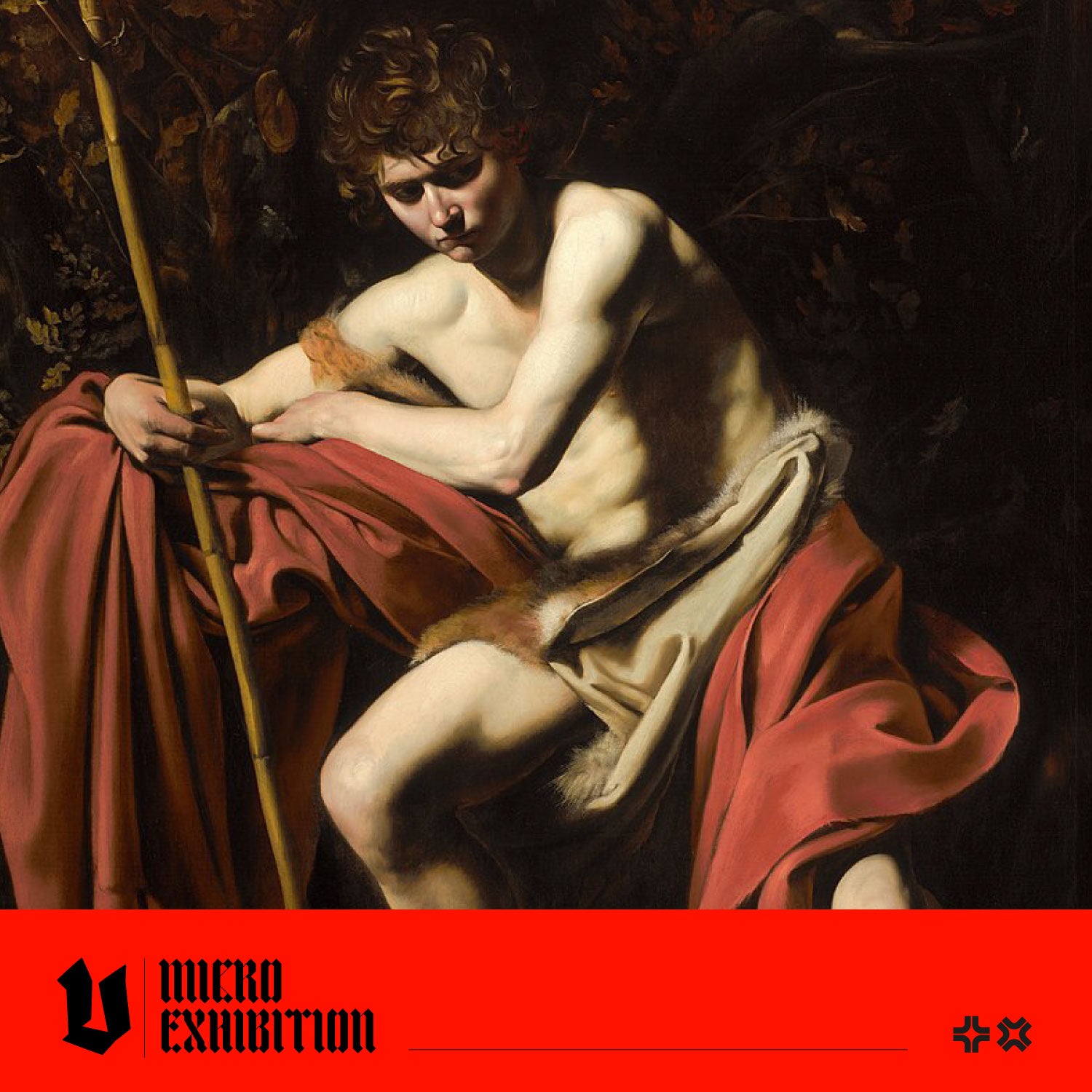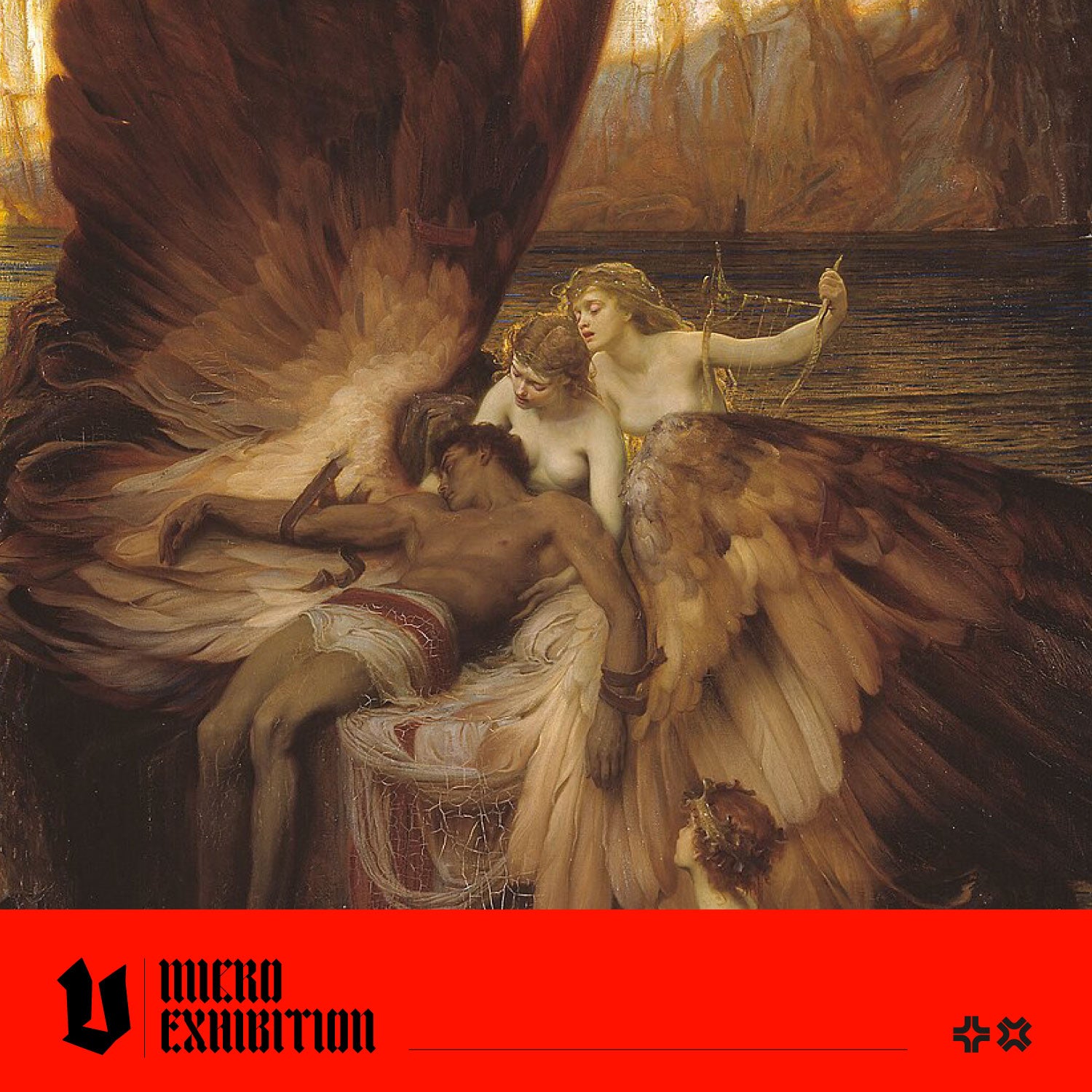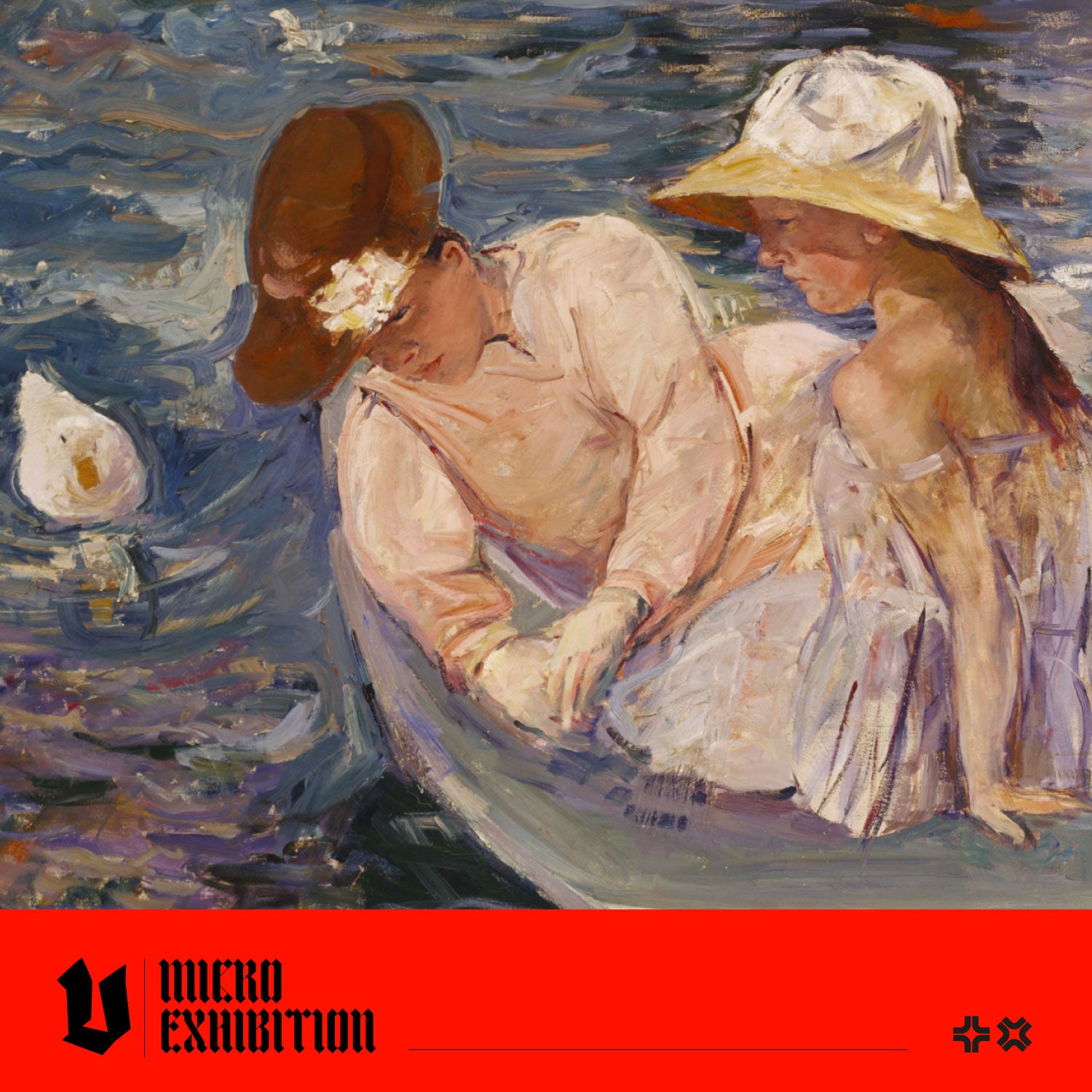Baroque art is a flamboyant and ornate artistic movement that emerged in Italy in the early 17th century and was popular until the mid-18th century. The Victoria and Albert Museum says Baroque art ''became the first visual style to have a significant worldwide impact." Its influence spread to China, Indonesia, the Philippines, and South and Central America. Baroque art is known for its elaborate and dramatic themes, colours and intricate details. In this blog post, we will delve into five characteristics of Baroque art. Let's go!
1. Dramatic Realism
One of the most prominent characteristics of Baroque art is its penchant for dramatic realism. Artists of this period aimed to evoke strong emotional responses in viewers by portraying subjects in vivid scenes full of movement. This realism extended to both the human form and the natural world. Figures in Baroque paintings and sculptures exhibit a heightened sense of emotion, their expressions and gestures conveying drama and power. This grand bust of King Charles II is an excellent example of how movement can be captured through the shapes on his face, flowing cravat and cascading hair. Below, Charles II portrait bust, Honoré Pelle, 1684, Italy.

|
2. Dynamic Colours and Shadows
Baroque artists typically used a vibrant colour palette to heighten the sense of drama in their paintings. Artists used deep reds, velvety blues, lush greens, and sumptuous gold to evoke emotion and create a sense of power and awe. They also used the chiaroscuro technique, where deep shadows and light created striking contrasts that heightened the overall impact of their compositions. Baroque painters guided the viewer's gaze by strategically placing shadows to obscure and reveal different parts of their subjects. Artists wanted to evoke a sense of movement as if their subjects were caught in a moment of action or contemplation. Chiaroscuro gave Baroque art its distinctive sense of tension, energy, and emotional intensity, making it a hallmark of the period's artistic legacy. Below, John the Baptist in the Wilderness by Caravaggio.

|
3. Ornate Detailing
An obsession with ornate detailing and opulence marked the Baroque period. Artists and artisans utilised expensive materials like marble, lacquer, gold and glass and added elaborate decorations and intricate patterns to embellish their works. Baroque artists created intricate creations full of detail, from complex stucco work and ornate frames to emotive trompe l'oeil paintings of heavenly scenes on the ceiling of churches. Typical motifs included fruits, sea shells, flowers, foliage, curving waves, religious and mythological elements and fantastical birds and beasts. Below, sample images from our title, Frames, Borders and Cartouches.

|
4. Religious Themes
After the Protestant Reformation, the Catholic Church turned to Baroque art to rekindle its followers' spiritual fervour and inspire deep devotion and connection with the divine. By commissioning elaborate religious paintings, sculptures, and ornate decorations for churches and cathedrals, the Church sought to create immersive and awe-inspiring environments that elicit a strong emotional response from worshipers. These artworks depicted vivid scenes from the Bible, the lives of saints, and the grandeur of the Church, inviting believers to re-engage with their faith on a profound level. Below, Quadratura or trompe-l'œil ceiling "Triumph of the Name of Jesus" (1678-1679) of the Church of the Jesu, Rome, by Giovanni Battista Gaulli

|
5. Cementing Monarchies
Absolute monarchs, such as Louis XIV of France, Philip IV of Spain and Charles II of England, significantly influenced the development of Baroque art through their patronage. It was a powerful tool to consolidate and display their authority and power. A famous example of Baroque architecture and luxury is the Palace of Versailles. Baroque art was also a means of propaganda and legitimisation; these rulers were depicted in heroic or divine contexts, emphasising their authority and religious right to rule. For example, 'Apotheosis of Louis XIV' by Charles Le Brun portrays Louis XIV being elevated to divine status.

|
We hope you have enjoyed our article about Baroque art, a highly influential movement that inspires and fascinates art enthusiasts today. If you're inspired to incorporate Baroque design elements into your creative practice, our pictorial archive, Frames, Borders and Cartouches, is an essential resource.

|
It is a carefully curated image archive containing 150 exquisite designs. Enhance your artwork instantly with an elegant frame, or get inspired to incorporate decorative motifs into your designs. Whether you're a professional or starting out, these timeless elements will take your creative projects to new heights.

|

|




